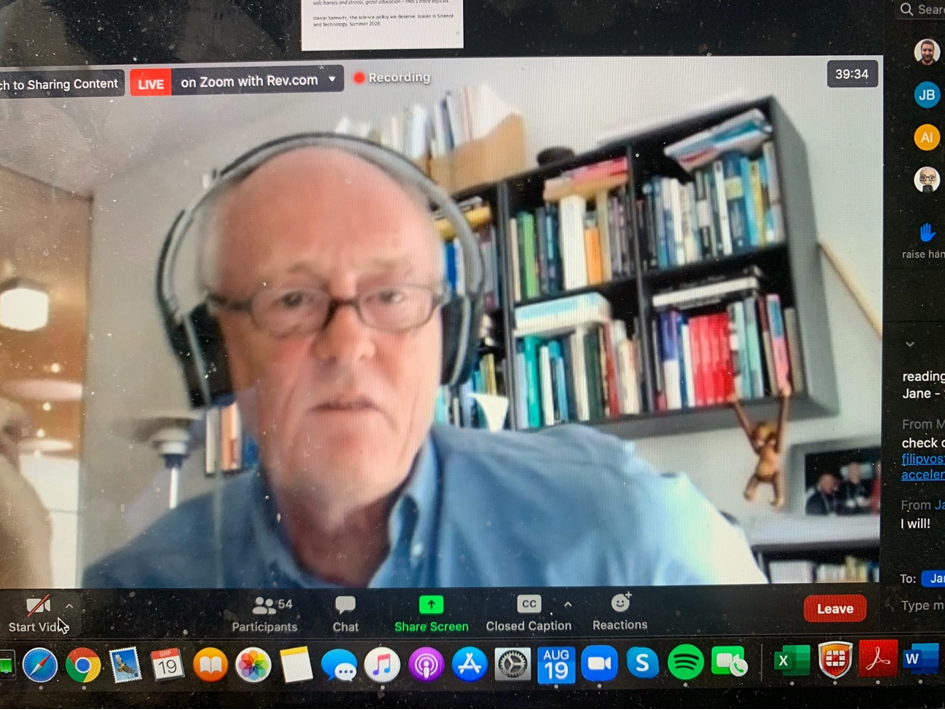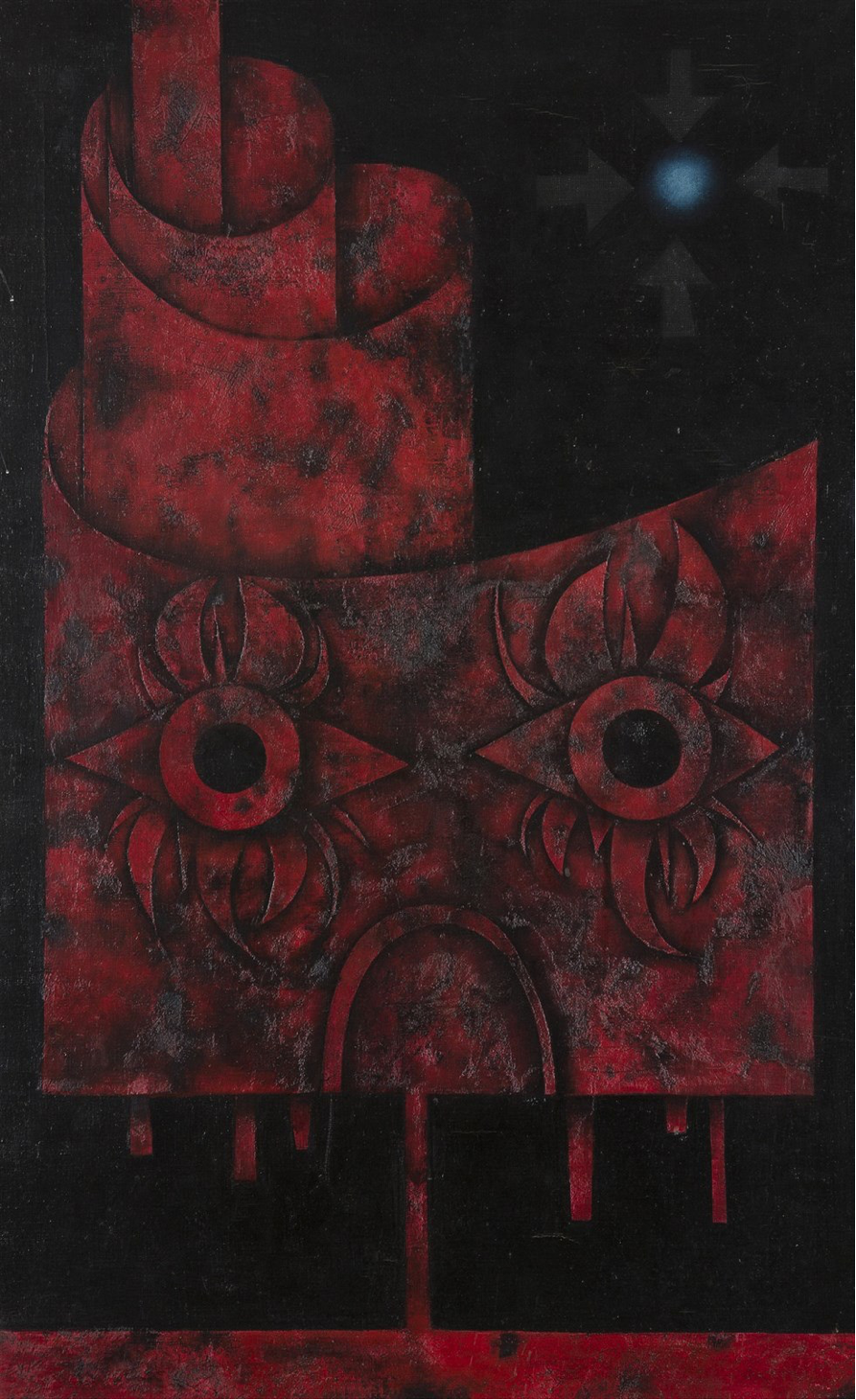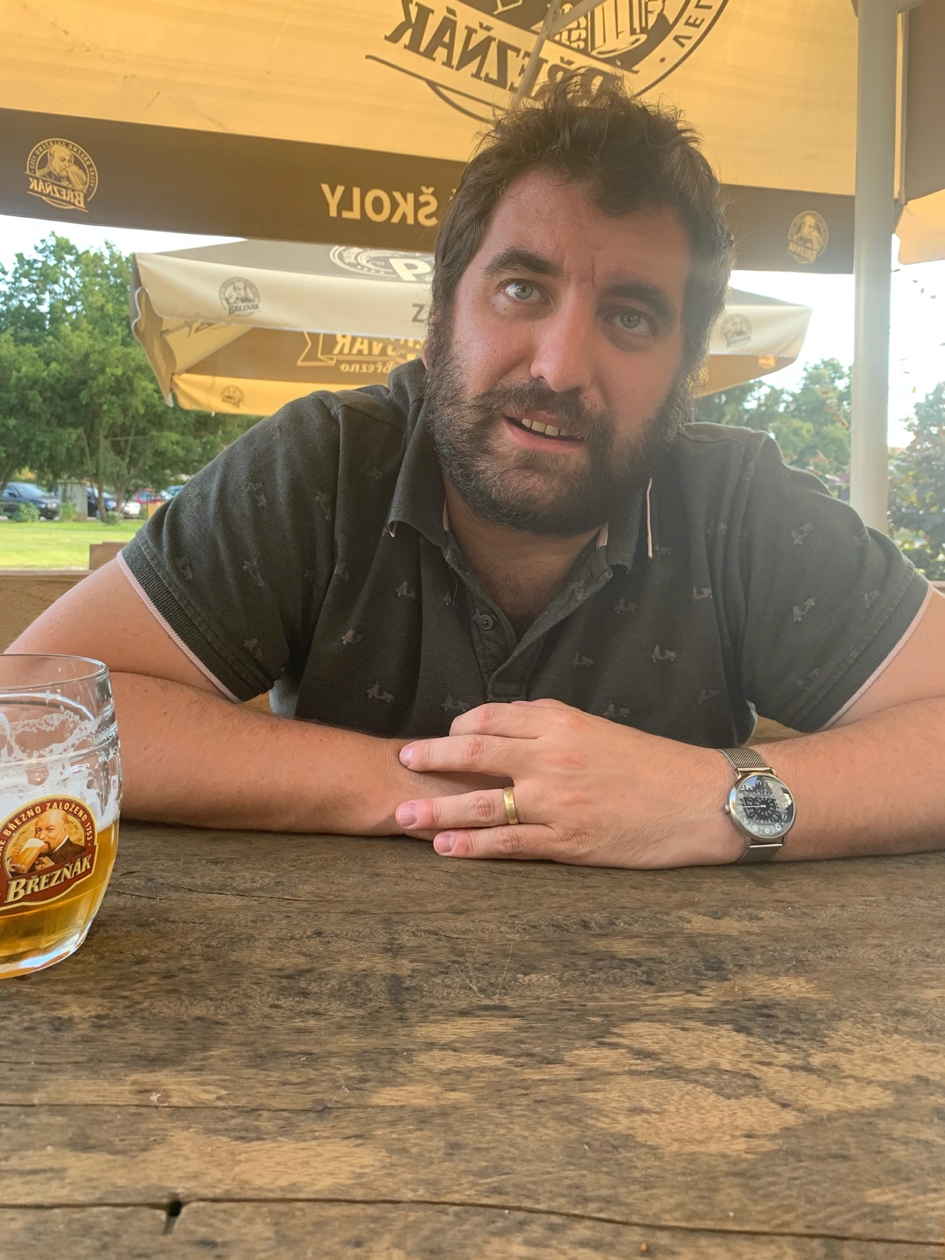This year’s joint 4S/EASST conference entitled “Locating and Timing Matters: Significance and Agency of STS in Emerging Worlds” would be meaty material for a conference ethnographer. I had the honour of being co-chair (with my esteemed senior colleague Tereza Stöckelová) of the programme committee of the 4S/EASST 2020 joint conference that was meant to take place in Prague from 18-21 August 2020. However, as we know all too, this year’s conference did not take place in Prague in a strictly physical sense due to the accelerating onset of COVID-19.

Let me present a time-line first: the premises, number of rooms, extra-conference conviviality and the like were well under preparations by January. Ulrike Felt and Joan Fujimura (the presidents of EASST and 4S respectively), folks from both councils, the local organizing committee (Tereza Stöceklová, Marcela Linková, Luděk Brož, Anna Durnová, Jakub Grygar, David Zavoral and myself), EASST and 4S councils were extremely happy with how things were panning out. With the onset of COVID-19, the Czech Republic opted for an almost complete lockdown very promptly and received praises from the world over as the disease was partially mitigated after several months due to strict restrictions such as legally-mandated wearing of masks everywhere (indoors, outdoors), closed businesses, factories, pubs and restaurants, but also schools and governmental offices. (The government and we – i.e. the large majority of Czechs – thought that we had won the battle against COVID-19, which was, as we see now in the fall, a fatal mistake.) In the midst of the Czech lockdown both 4S and EASST councils, the programme committee and local organizers had to make a decision whether the entire conference would move on-line — whether we would “go virtual”. If I remember well, we barely discussed cancellation, but treated the new normal as an opportunity, an opportunity for a big experiment.

What was remarkable nevertheless was the immediately rejuvenated commitment and enthusiasm of all organizational players to do everything we could to make the conference happen. In a sense, the preparation started again and indeed some of us, myself for one, regretted that our colleagues from abroad wouldn’t come to Prague (to try the categorically best and famously cheap Czech beer or to discuss how frequent international flights to conferences cripple the climate). When the decision was taken, many of the organizational ordering had to be quickly re-ordered. Session organizers, session chairs and presenters had to be informed. We had to give some hard thought as to how to “translate” what many of us already knew well – i.e. a “normal” physical conference – into an online, virtual meeting of hundreds and hundreds of people. There were precedents we could follow such as the AAG conference. But did we want to just “copy and paste” what others did? Nope, we were more ambitious: let’s do it our own way. This of course meant that there were as many known unknowns (would people even register after months of teaching via online apps? Weren’t they suffering from “Zoom fatigue”?) as unknown unknowns1. (Retrospectively it turns out it was a tremendous work to synchronize papers into sensible time-zones so that people did not have to present at 3AM.) And so I daresay everyone who took a major part in the organization (especially Steve Coffee, Ulrike, Joan, Wes Shrum, Tereza, David, Luděk, myself) rewired their minds and practices of communication as we held online meetings – in different compositions – at least once a week. We immediately began negotiations with Czech/US online conference vendor SlidesLive and the preparatory works – as those of you who took part might well recall – took a rather new twist. New systems, new directions, new translations, new thinking. It was tremendously encouraging how many senior colleagues who had the chance to organize either 4S, EASST or joint meetings supported us during the preparation period. Seasoned STS scholar Alan Irwin, on picture above, was one of our great supporters.

Being in the position I was in has been a unique experience. I was for a short while in the “innards” of global STS, its current debates, streams, innovative directions, new interminglings with other corners of the social sciences and many more. I guess all organizers or co-organizers of big conference such as ours who have the privilege to see, co-evaluate and order what is going to be talked about have the privilege of being temporary “epistemic gatekeepers”. All this is not something that unusual – one sees who submits what, assign reviewers; one also sees the ideas and proposals that did not go through. It is indeed a substantive part of the job and a tremendous responsibility weighing on your neck, like big anaconda that often woke me during the night by whispering “Have you forgotten to respond to this or that email? Is it all gonna work? Will people be even interested?” One day in April the anaconda sloughed its skin and turned into a cyborg, a mini-monster that was silent for a while only to remind me that I should forget about a standard conference and re-order myself. Sometimes I went to bed with a Baconian face as a completely new set of questions – often of a technical nature – were softly hissed into my ears from the “phygital” (Zil Vostalová’s concept) anaconda.

Unintentionally, the shift to “virPrague” – “vir” standing for virus and virtual (credit to Tereza!), interestingly resonated with the “Locating and Timing Matters: Significance and Agency of STS in Emerging Worlds.” Even if Tereza and I were based in Prague, other organizers were in different locations. Prague also served as the main “time-hub” – i.e. the main time-zone that we used, either in scheduling the programme or weekly (in August, daily) meetings, was Central European Summer Time, e.g. Prague time. Some more or less fixed location and strict temporal rules and timing was in play nevertheless – it was Prague. Prague was, if you wish, a “spatio-temporal fix”, a concept used very differently by Noel Castree, David Harvey and Bob Jessop 2004 in their analyses of capitalism was Prague. VirPrague’s spatio-temporal fix, to the surprise of many, worked extremely well – and Prague was in a sense a hub for the conference. In a way then, the conference did and did not take place in Prague at the same time. Hmm, a bit surreal, ain’t it? Is Schrodinger’s cat dead or not? Such surrealism, and surreal humour, has always been part of Prague’s cultural and artistic history. So all in all, see you in Prague!
1 To use slightly inflationary Rumsfeld-Žižek conceptual vocabulary.